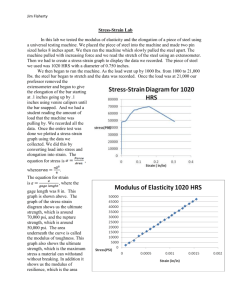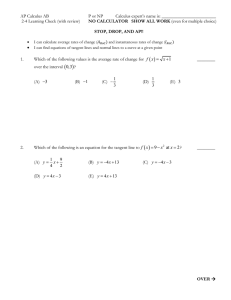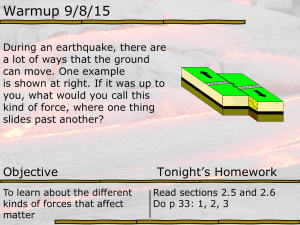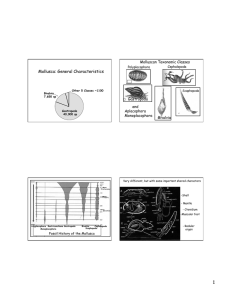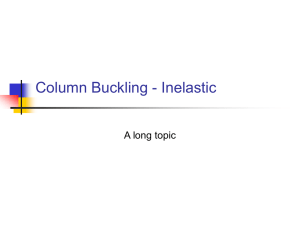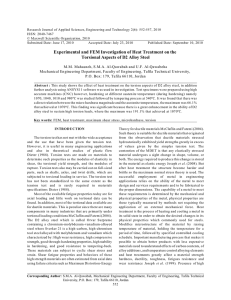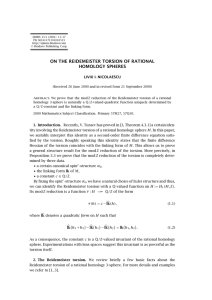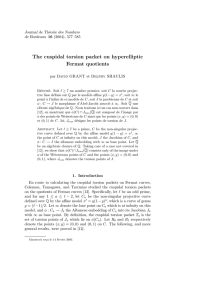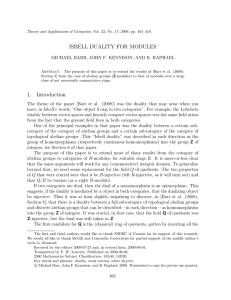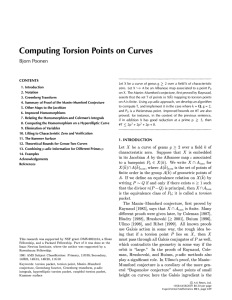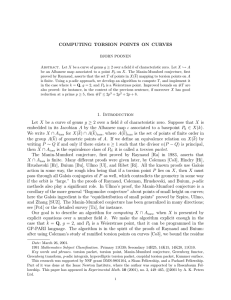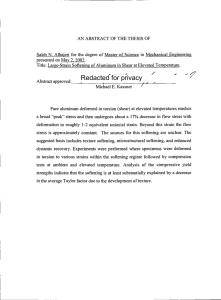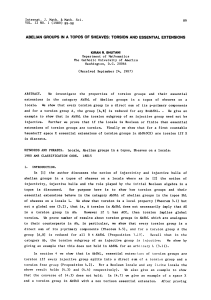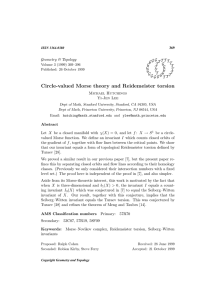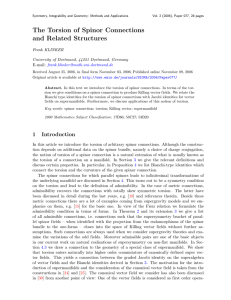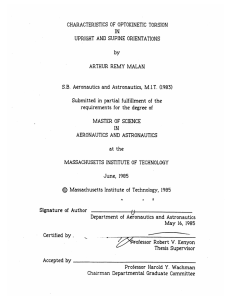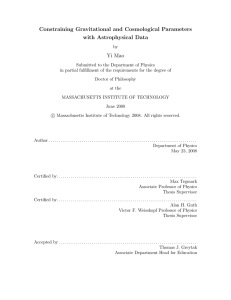MEE 455 - Advanced Mechanics of Materials
advertisement
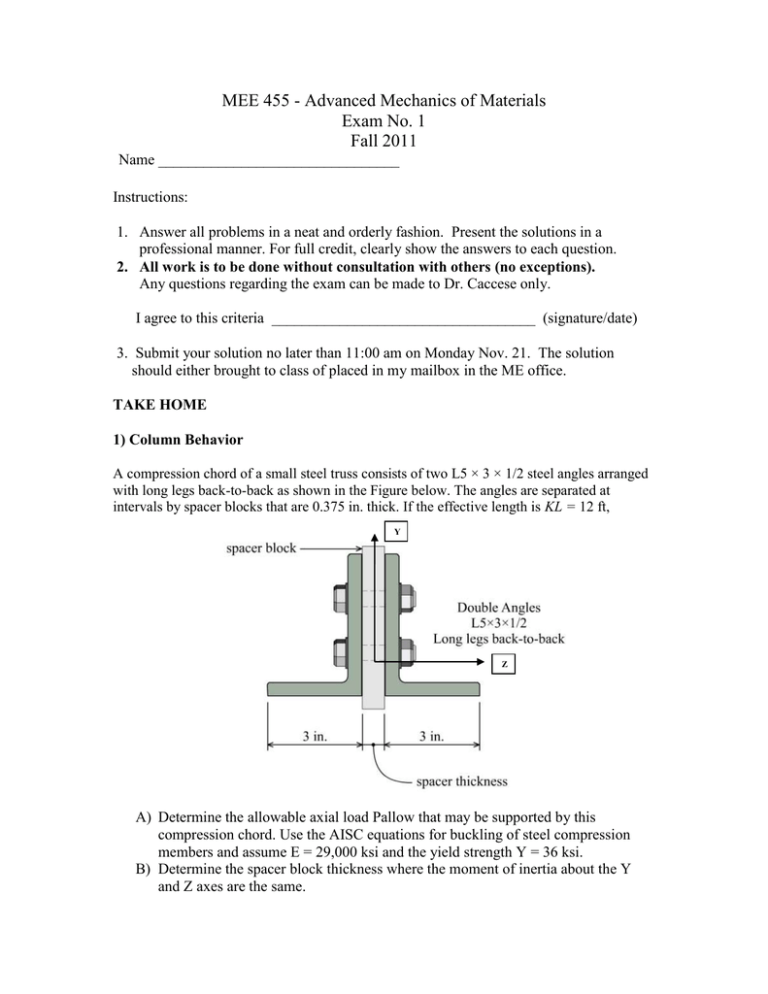
MEE 455 - Advanced Mechanics of Materials Exam No. 1 Fall 2011 Name ________________________________ Instructions: 1. Answer all problems in a neat and orderly fashion. Present the solutions in a professional manner. For full credit, clearly show the answers to each question. 2. All work is to be done without consultation with others (no exceptions). Any questions regarding the exam can be made to Dr. Caccese only. I agree to this criteria ___________________________________ (signature/date) 3. Submit your solution no later than 11:00 am on Monday Nov. 21. The solution should either brought to class of placed in my mailbox in the ME office. TAKE HOME 1) Column Behavior A compression chord of a small steel truss consists of two L5 × 3 × 1/2 steel angles arranged with long legs back-to-back as shown in the Figure below. The angles are separated at intervals by spacer blocks that are 0.375 in. thick. If the effective length is KL = 12 ft, Y Z A) Determine the allowable axial load Pallow that may be supported by this compression chord. Use the AISC equations for buckling of steel compression members and assume E = 29,000 ksi and the yield strength Y = 36 ksi. B) Determine the spacer block thickness where the moment of inertia about the Y and Z axes are the same. 2) Tangent Modulus Formula A steel material is to be used as a compression member. Short column tests resulted in the following digitized stress strain data. Even thought the data is digitized the original data is smooth. Stress, ksi 0 15.8 31.6 35.5 39.5 43.4 47.4 51.3 55.3 59.2 60.0 60.0 Strain, x10-6 0 544 1088 1240 1450 1724 2094 2738 4027 8054 9665 16108 A) Draw a graph of the stress vs. strain and a stress vs. tangent modulus curves. State methods used in formulating the stress vs. tangent modulus curve. B) Draw a graph of the critical buckling stress vs. KL/r using the tangent modulus formula for ths material. C) Determine the critical slenderness ratio that governs the behavior between elastic and inelastic. . D) Given a member with a KL/r = 35 and KL/R=125, determine the critical buckling stresss using the tangent modulus formula. 3) Torsion A three cell shape is subjected to a torsional moment, T. Each cell is in the form of a regular hexagon with dimension a as shown. The thickness of the perimeter walls is t and the thickness of the adjoining cells (the 2 webs) is 2t typical. a 2t t Given that G=200GPa, t=0.75mm. a=16mm and T=200N-m. A) Is the section a valid thin walled section? B) Determine the torsion constant, J C) Determine the angle of twist per unit length theta, D) Determine the maximum shear stress. E) If the 2 web walls have a slit in them determine the torsion constant, J and compare to that found in part A). 4) A steel T-section is to be used under torsion. The cross section shown below has dimension bf=6 in, tf=0.6 in, d=10in, tw=0.5 in. It is subjected to a torque at the centerline of Tx = 1,500 in-lb and the member is simply supported with respect to torsion. . Y Tx bf tf d Z tw A) Determine the St. Venent torsion constant J. B) Determine the maximum Sr. Venant shear stress on each leg of the section due to the twisting moment. . C) Explain how the warping restraint effects the stresses and deformation of the section (no calculations required).



